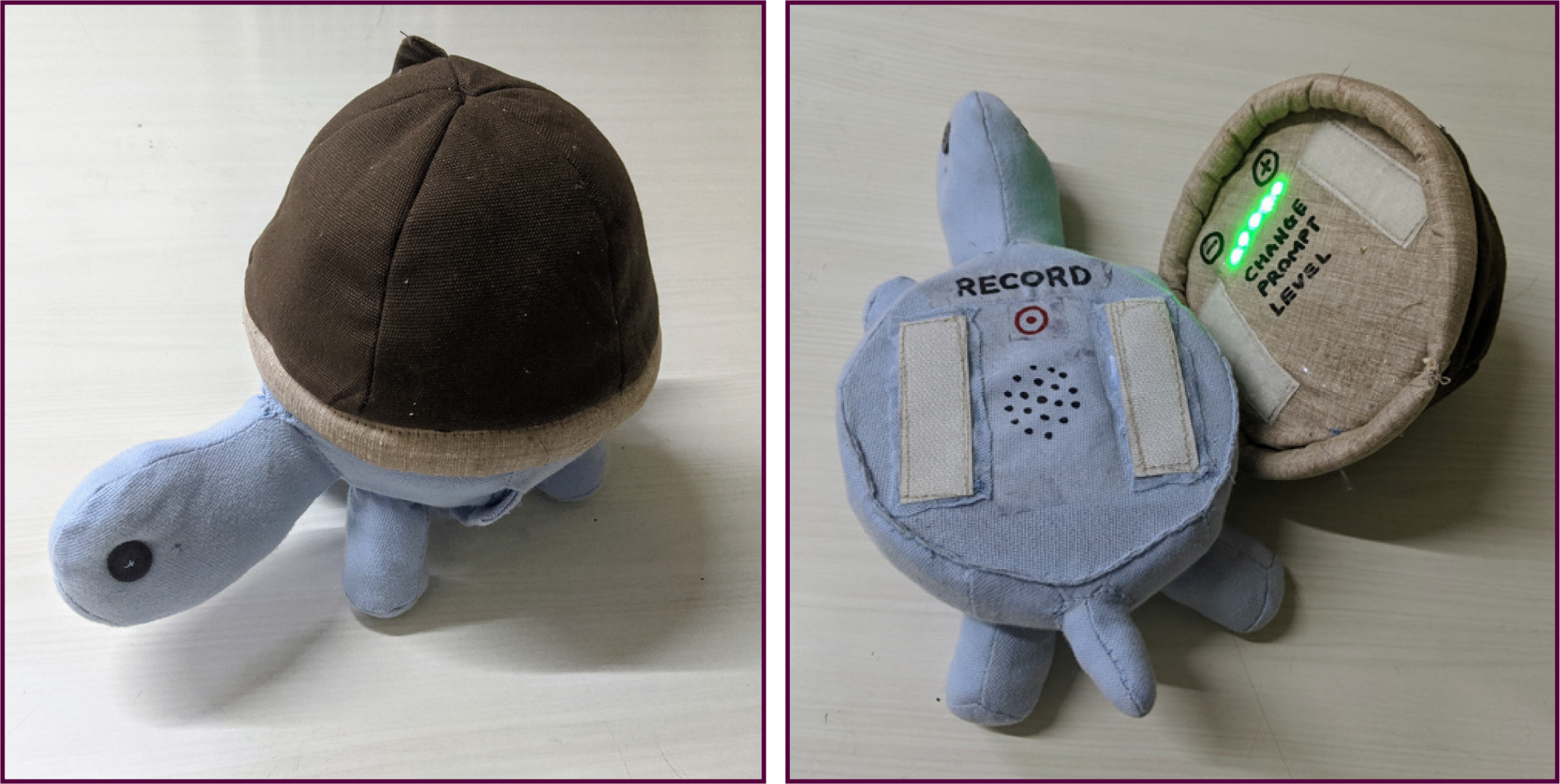The concept generation process involved three stages:
- Identifying the Need: Based on primary field studies, including observations and interviews, key challenges in conducting home therapy were identified. These included children's lack of interest, parental misunderstanding of ASD therapy, and the difficulty of integrating therapy into daily routines.
- Analyzing Existing Techniques: A thorough review of current therapy techniques and preferred activities of children with ASD was conducted. This review highlighted a gap in existing serious games and activities focusing on preposition skills.
- Ideation and Conceptualization: Drawing from the insights gained, three initial
concepts were developed:
- Cat Goes Home: An iPad-based interactive story game.
- Build-a-Castle: A 3D tabletop block-building activity.
- Zoo Frenzy: An environmental interaction activity involving a treasure hunt-like game.

